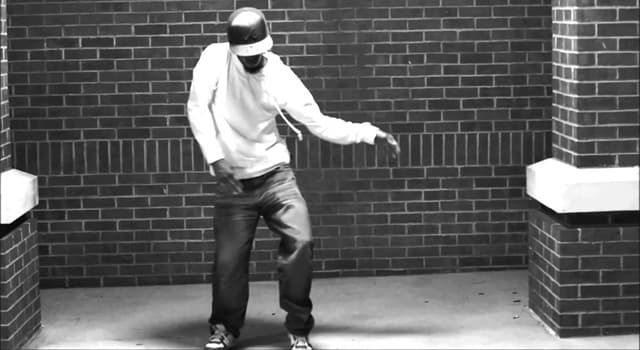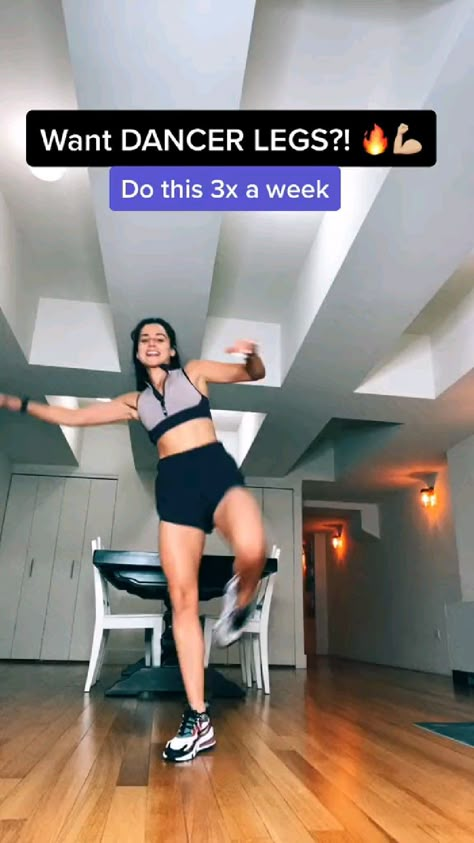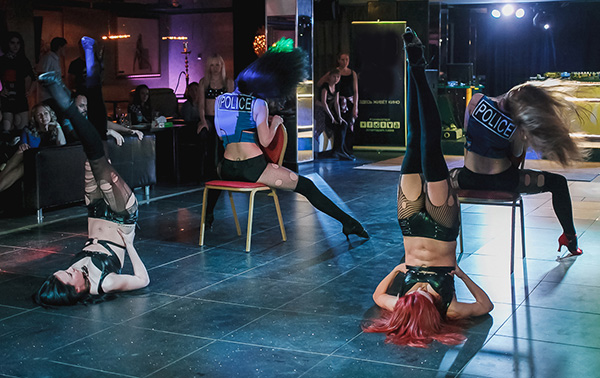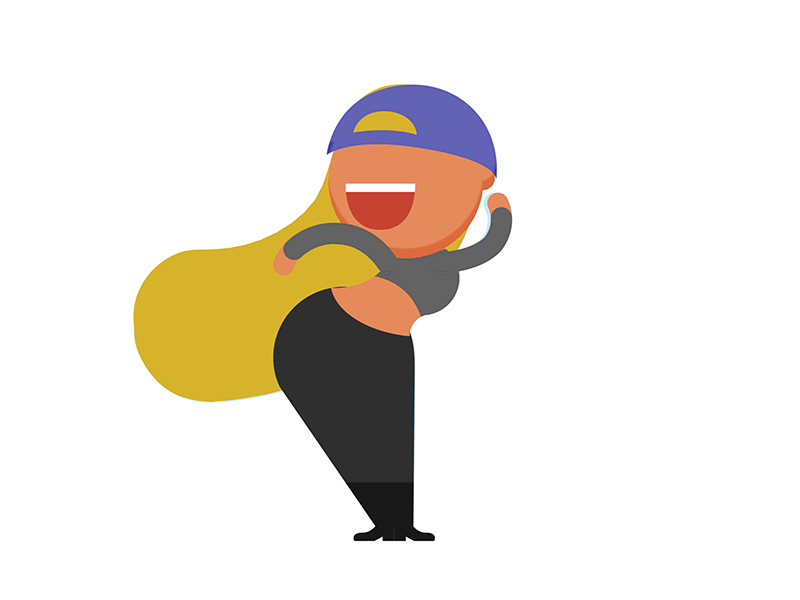How to learn odissi dance
Odissi Beginners Online Lessons by Sujata Mohapatra, a blessed disciple of Guru Kelucharan Mohapatra.
No. |
Title |
Duration |
|
|---|---|---|---|
1 |
Class 1.1 - Odissi |
00:01:44 |
|
2 |
Class 1.2 - Sujata Mohapatra |
00:04:49 |
|
3 |
Class 1.3 - Guru Kelucharan Mohapatra |
00:08:06 |
|
4 |
Class 1.4 - About the Course |
00:03:14 |
|
5 |
Class 1. |
00:01:07 |
|
6 |
Class 1.6 - Soundless Exercises |
00:27:10 |
|
7 |
Class 1.7 - Sound Exercises |
00:09:32 |
|
8 |
Class 2.1 Body Postures - Explanation |
00:03:53 |
|
9 |
Class 2.2 - Body Postures- Teaching |
00:04:56 |
|
10 |
Class 3.1-Shiro Bheda - Head Movements |
00:03:06 |
|
11 |
Class 3. |
00:04:20 |
|
12 |
Class 3.3 - Greeva Bheda - Neck Movements |
00:03:56 |
|
13 |
Class 3.4- Torso Movement |
00:03:08 |
|
14 |
Class 3.5 - Padastiti - Foot Positions |
00:04:19 |
|
15 |
Class 3.6 - Combination of Padabheda |
00:03:12 |
|
16 |
Class 4.1- Chowka (Square Pose) - Explanation |
00:02:11 |
|
17 |
Class 4. |
00:10:36 |
|
18 |
Class 4.3 - Chowka (Square Pose) - Stepping 1 – Demonstration by Student |
00:02:29 |
|
19 |
Class 4.4 - Chowka (Square Pose)- Stepping 2 – Demonstration by Student |
00:02:32 |
|
20 |
Class 4.5 - Chowka (Square Pose) - Stepping 3 – Demonstration by Student |
00:04:21 |
|
21 |
Class 4.6 - Chowka (Square Pose)- Stepping 4 – Demonstration by Student |
00:03:21 |
|
22 |
Class 4. |
00:02:05 |
|
23 |
Class 4.8 - Chowka (Square Pose) - Stepping 6 – Demonstration by Student |
00:02:06 |
|
24 |
Class 4.9 - Chowka (Square Pose) - Stepping 7 – Demonstration by Student |
00:02:13 |
|
25 |
Class 4.10 - Chowka (Square Pose) - Stepping 8 – Demonstration by Student |
00:02:04 |
|
26 |
Class 4.11 - Chowka (Square Pose) - Stepping 9 – Demonstration by Student |
00:01:53 |
|
27 |
Class 4. |
00:04:41 |
|
28 |
Class 5.1-Tribhangi (Triple Flexion) - Saying the Bols with Various Speed |
00:01:29 |
|
29 |
Class 5.2 - Tribhangi (Triple Flexion) - Teaching |
00:09:47 |
|
30 |
Class 5.3 - Tribhangi (Triple Flexion) - Stepping 1 – Demonstration by Student |
00:05:28 |
|
31 |
Class 5.4 - Tribhangi (Triple Flexion) - Stepping 2 – Demonstration by Student |
00:04:23 |
|
32 |
Class 5. |
00:04:28 |
|
33 |
Class 5.6 - Tribhangi (Triple Flexion) - Stepping 4 – Demonstration by Student |
00:03:18 |
|
34 |
Class 5.7 - Tribhangi (Triple Flexion) - Stepping 5 – Demonstration by Student |
00:02:04 |
|
35 |
Class 5.8 - Tribhangi (Triple Flexion) - Stepping 6 – Demonstration by Student |
00:03:41 |
|
36 |
Class 5.9 - Tribhangi (Triple Flexion) - Stepping 7 – Demonstration by Student |
00:02:06 |
|
37 |
Class 5. |
00:02:00 |
|
38 |
Class 5.11 -Tribhangi (Triple Flexion) - Stepping 9 – Demonstration by Student |
00:02:02 |
|
39 |
Class 5.12 - Tribhangi (Triple Flexion) - Stepping 10 – Demonstration by Guru |
00:04:43 |
|
40 |
Class 6.1-Tala- Ekatala |
00:01:39 |
|
41 |
Class 6.2 -Tala- Brahmari |
00:10:37 |
|
42 |
Class 6. |
00:04:00 |
|
43 |
Class 7.1 - Hasta Bhedas - Asamyukta Hastas (Single Hand Gestures) |
00:02:52 |
|
44 |
Class 7.2- Hasta Bhedas - Samyukta Hastas (Combined Hand Gestures) |
00:02:49 |
|
45 |
Class 7.3 - Hasta Bhedas - Pataka Hasta Viniyoga |
00:06:29 |
|
46 |
Class 7.4 - Hasta Bhedas - Pataka Hasta Viniyoga Teaching |
00:06:41 |
|
47 |
Class 7. |
00:01:48 |
|
48 |
Class 8.1 - Mangalacharan - Mancha Pravesh |
00:03:43 |
|
49 |
Class 8.2- Mangalacharan - Bhoomi Pranam Demonstration |
00:03:50 |
|
50 |
Class 8.3 - Mangalacharan - Bhoomi Pranam Teaching |
00:02:23 |
|
51 |
Class 8.4 - Mangalacharan - Sabha Pranam Demonstration |
00:06:09 |
|
52 |
Class 8. |
00:01:58 |
|
53 |
Class 8.6 - Mangalacharan - Sabha Pranam Recitation of the bols |
00:02:18 |
|
54 |
Class 8.7 - Mangalacharan - Mangalacharan Namami |
00:17:48 |
|
55 |
Class 9.1- Batu Nritta - Teaching Bhangi |
00:04:31 |
|
56 |
Class 9.2 - Batu Nritta - Teaching Arasa No. 1 |
00:03:05 |
|
57 |
Class 9. |
00:02:33 |
|
58 |
Class 9.4- Batu Nritta - Performance |
00:18:15 |
|
59 |
Class 10.1- Pallavi- Bhangi Demonstration |
00:06:02 |
|
60 |
Class 10.2- Pallavi- Teaching Bhangi |
00:02:01 |
|
61 |
Class 10.3 - Pallavi- Teaching Chari |
00:03:08 |
|
62 |
Class 10.4- Pallavi- Teaching Arasa |
00:03:49 |
|
63 |
Class 10. |
00:16:49 |
|
64 |
Class 11.1- Fundamental Expressions- Explanation and Demonstration |
00:06:56 |
|
65 |
Class 12.1 -Abhinaya- To Lagi Gopa Danda Demonstration |
00:07:50 |
|
66 |
Class 12.2 -Abhinaya- To Lagi Gopa Danda Performance |
00:13:12 |
|
67 |
Class 12.3 -Abhinaya- Ashtapadi |
00:05:14 |
|
68 |
Class 13. |
00:11:21 |
|
69 |
Mangalacharan |
||
70 |
Batu Nritta |
||
71 |
Pallavi |
||
72 |
Moksha |
||
73 |
To Lagi Gopa Danda |
||
74 |
Ashtapadi |
||
| Show more | |||
ABOUT THE COURSE
This is a beginner online Odissi course, presented by Sujata Mohapatra.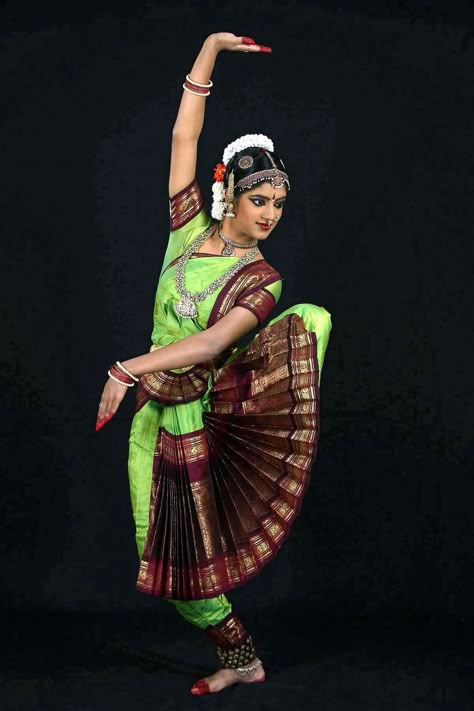 Students are introduced to the colorful world of Odissi at this stage, with a refreshing new perspective. The curriculum focuses on the teaching of legendary Padma Vibhushan Guru Kelucharan Mohapatra. It aims to guide the student as they set forth on their path to discovering Odissi.
Students are introduced to the colorful world of Odissi at this stage, with a refreshing new perspective. The curriculum focuses on the teaching of legendary Padma Vibhushan Guru Kelucharan Mohapatra. It aims to guide the student as they set forth on their path to discovering Odissi.
COURSE INFO
The entire program contains thirteen distinct sections. Each class is a careful step towards understanding the basics of Odissi. The total content is spread across 68 videos and the language of instruction is English. Post a verbal explanation, demonstrations of poses by students and the Guru are also available.
Nritta & Nritya
The five items included in the beginner’s course are Mangalacharan, Battu, Pallavi, Abhinaya, and Moksha.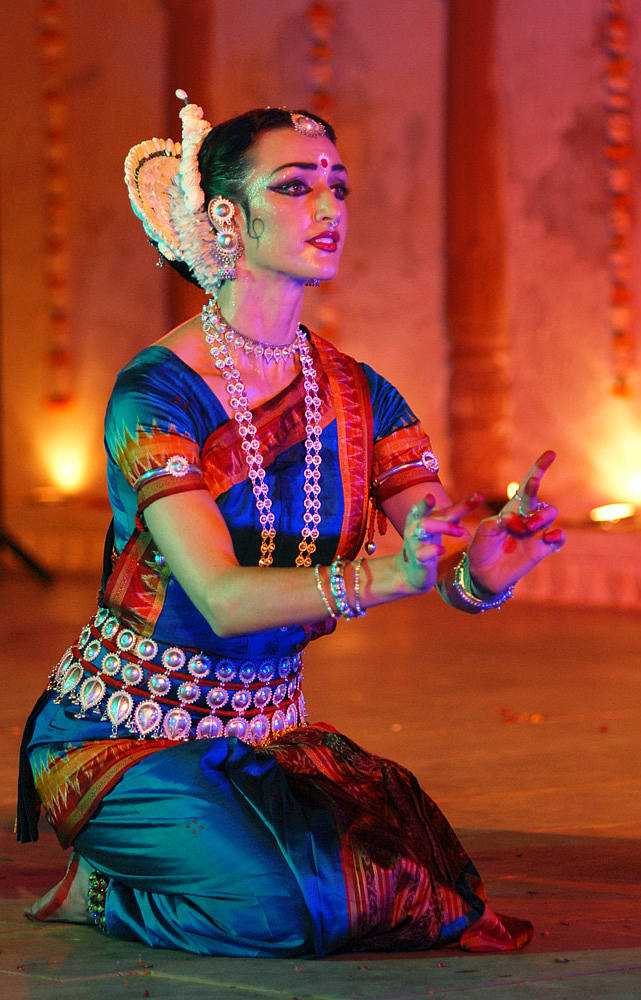
Mangalacharan (Ganesh Vandana) marks the entrance of the dancer on stage in the Odissi style. The dancer invokes the blessings of Lord Jagannath for an auspicious beginning. Then the dancer offers salutation to the Mother Earth, the Teacher, and the Accompanist and to the Audience. Then follows a prayer to Lord Ganesh, remover of all obstacles.
Battu is an item of Nritta or pure dance. It is the second piece in the traditional odissi repertoire. Various poses adorning the odissi temple walls are the foundation of the choreography. This sculpturic poses are linked through footwork best on rhythamic variation.
Pallavi means elaboration. Here, it is applicable not only to the dance but also to the music, which accompanies it. The movements are very graceful and lyrical. It is distinct in its exceedingly intricate and interwoven rhythmic patterns of singular beauty, laying emphasis on pure dance.
Moksha is the concluding piece in the odissi repertoire. The dancer completely surrenders and elevated to a state of ecstasy, fulfillment and bliss.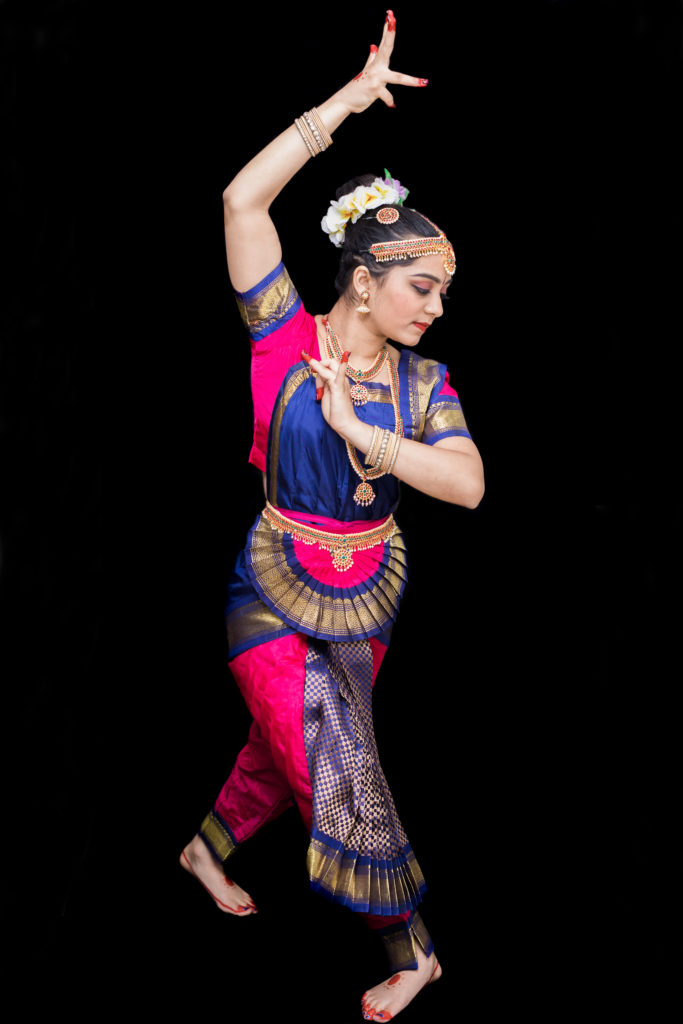 The dance concludes with universal prayer in praise of Mother Goddess (Devi)
The dance concludes with universal prayer in praise of Mother Goddess (Devi)
ABOUT THE COURSE
Tales of Lord Krishna dominate Odissi's narrative, and Jayadeva's 12th-century masterpiece of Gita Govinda plays an integral role in the ancient temple art form. Guru Sujata introduces the student to her approach to life, alongside a birds-eye view of her renowned teacher. The student is gradually made aware of Odissi's base tenets, ranging from the traditional Namaskar to the popular Abhinaya.
After introductions to the Guru Kelucharan and his vital influence on Odissi in India, the student witnesses Odissi's various elements. After the Namaskar, detailed explanations on the essential stances and movements of the art form follow. We then transition to specific poses such as the Chowka and the Tribhangi.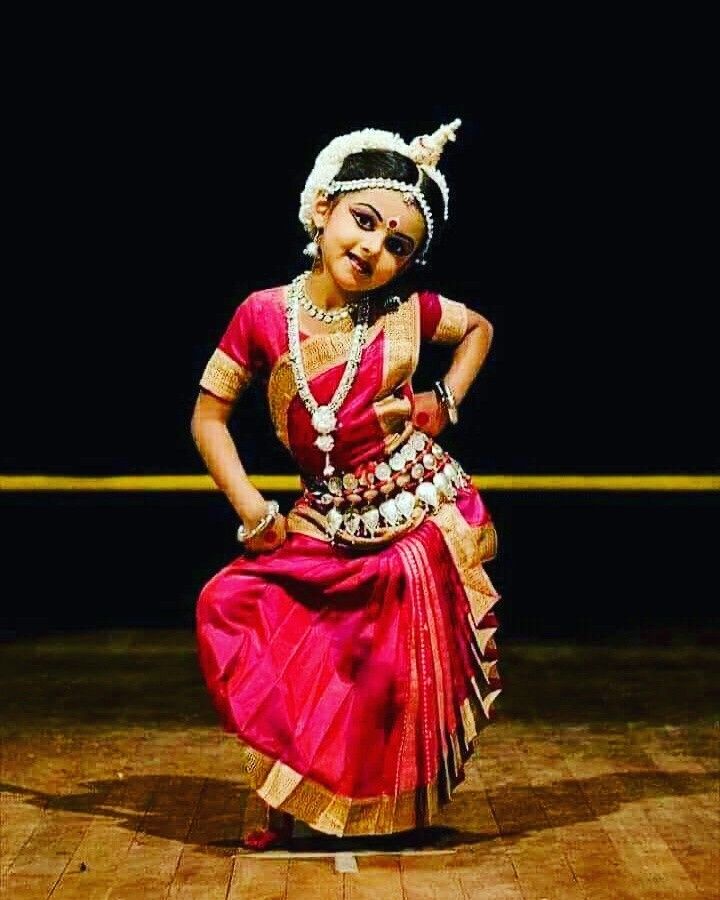 The Guru elucidates the vital approach to Tala, Pallavi, and Hasta Bhedas as well. Each aspect of these is systematically deciphered and elucidated in a concise manner by the Guru.
The Guru elucidates the vital approach to Tala, Pallavi, and Hasta Bhedas as well. Each aspect of these is systematically deciphered and elucidated in a concise manner by the Guru.
challenges of this ancient dance form
| Paroma
Last Updated on January 8, 2021 by Paroma
Table of Contents
CAN YOU LEARN ODISSI DANCE AS AN ADULT?
I have been learning Odissi dance for about 2.5 years from Dr. Rohini Dandavate in San Francisco. Barring my short stint in Bharatanatyam and Kathakali at Dakshini (Kolkata) for a few years as a teenager, my brush with any sort of formal training in dance did not quite happen until my early thirties when I decided to revive my love for dance and requested Rohini di to train me under her tutelage in Odissi.
Like all other classical Indian dance forms, Odissi requires rigor, discipline and a level of precision, grace and beauty in execution that can only be achieved through intense training. In a nutshell, this classical dance form is extremely demanding-of mind, body and soul, which I was ignorant of when I started, dismissing it as simply an execution of a series of steps. In addition, starting at a later stage in life,i.e. as an adult in her thirties when the body loses its agility and stamina, plus a full-time day job that is mentally consuming as well, are the other challenges I face in my pursuit of this art form.
Disclaimer: I have pointed out to various Odissi learning resources on this post, which were created by Dr. Rohini Dandavate. I have purchased these and found them immensely helpful in my practice and have not been compensated for them in any form. These links may be affiliate links since I am associated with the Amazon affiliates program. Clicking on these links may earn me a small commission at no extra cost of the product to you. All photos are used with permission from Dr. Dandavate.
GET THIS – Language of Gestures in Odissi: Odissi learning DVD
WHAT LEARNING ODISSI HAS TAUGHT ME
Despite these challenges of learning Odissi dance as an adult, I have enjoyed the learning process of Odissi immensely and continue to do so. What started off as a mere hobby has evolved into a journey of self discovery for me, via practice of this dance form, and this is what keeps me going, despite my struggles in executing a number flawlessly.
Odissi has been a journey of self-revelation on many levels, both physical and beyond. Physically, the Odissi dance form has made me aware of my body, its capabilities and limitations, how different parts and muscles have to react and move differently to etch out the “physical beauty” of a step or a “bhangi” and how these different movements within the body have to seamlessly work in harmony to achieve the beauty of “nritta”.
This is best exemplified by something Rohini di often says: “Dance is a means to create lines and shapes,” and this has served as a great reminder for me to grasp the logic behind the execution of each step as not merely an act of mimicking the Guru, but doing so with a deeper level of understanding of the hows and whys and what shape that particular pose is striving towards. Being a scientist, my mind always veers towards analytical reasoning and logic. But I was pleasantly surprised to find it every step of the way in learning Odissi.
The dance form can come to fruition, at least technically, by seamless coordination of the eye, head, body and limb movements. On a more in-depth level of anatomical detail, there are different muscle groups that are responsible for bringing to life each of these movements, turns, and bends. Identifying these aspects is the only first step towards correctly executing the bhangi to create the shape that it was envisioned for.
GET THIS – Fundamentals of Odissi: Basics of Chauk and Tribhangi steps by Rohini Dandavate
The second part that extends beyond understanding the physicality of the dance form is grasping the metaphysical aspect of the dance. As someone proficient in mathematics, I was able to grasp the “tala” and the “laya” relatively easy but found the chhanda and the mood elusive and difficult to fathom because of their abstractness.
Again, Rohini di often remarks that dance should bring forth the joy of the melody. She says the movement should come from within, the melody should be seeped in and should gurgle out like a joyous spring through the dancer’s body. This entrenchment of the rhythm, the bhava, the musical notes and its importance in making the dance whole is my next level of learning in Odissi.
In other words, feeling the music, imbibing it within oneself and then expressing that rasa and bhava through the bodily act of movement is what transcends the dance form from being a mere physical act, to something more divine, something more spiritual, possibly an act of surrendering oneself to a greater power.
GET THIS – Abhinaya in Odissi (Featuring Sujata Mohapatra: Odissi DVD)
FINAL THOUGHTS ON LEARNING ODISSI
Odissi is not merely an execution of a series of steps, but an experience of mind,body and soul that requires one to envision shapes, have a heightened awareness of the body, and find the inner joy and meaning of melody that has to be manifested via movement. As a student set out on this journey of realization and actualization, I hope to someday find what moves me from within and express that feeling through dance.
For more Indian culture posts, read my other post on how Durga Puja is celebrated in the San Francisco Bay Area.
« Favorite Fives: Cruelty Free and Animal friendly Apparel and Skin Care
Reviewing JORD Wood Watches: Beautiful Wooden Watches For Women »
This website uses cookies to improve your experience. We'll assume you're ok with this, but you can opt-out if you wish. Accept Reject Read More
East Indian dances for children. Indian dances - video lessons for beginners
You can find Indian dance lessons in Moscow using our portal Dance.Firmika.ru, which contains the most detailed and up-to-date information about the city's dance studios. We offer to find an Indian dance studio suitable for the area or metro station, study the prices for one-time lessons or full subscriptions. The feedback left by the students about the classes will be very useful!
One of the main attractions of India is the elegant and mesmerizing Indian dances. Originating over several millennia ago art and today enjoys unchanging popularity in all countries of the world. During the performance of the dance, Hindus improve spiritually, developing your mind and aesthetic senses, improving the artistry and flexibility of the body. Classical Indian dance emphasizes the natural beauty of the dancers, and gives the real enjoyment of the process. Young people will appreciate modern Indian dances, with special dynamics and brightness.
Indian dance for beginners
You can start learning by choosing the most suitable direction. More often of all, beginners prefer classical Indian dances, which are unusual way combine dance plasticity and grace, acting expressiveness and brightness. All dances of this direction are based on the sacred Hindu dance and music Natyu's style, which includes not only dancing, but also singing, the art of facial expressions. More modern types of Indian dances are also performed by men.
In Europe, eight styles are classified as classical dances of this direction: Kuchipudi, Kathak, Satria, Mohiniattam, Kathakali, Bharata-natyam, Odissi and Manipuri. Bharata Natyam and Odissi belong to the so-called "dances of liberation souls", in which there are practically no dialogues between dancers, rarely light facial expressions are also used. Kathak is one of the most difficult Indian dances. performed on outstretched legs with varied and rich facial expressions. Each of types of these dances is complex in its own way - even the most demanding student will be able to choose the perfect option for your needs and wishes.
Features of teaching Indian dances
In order to master these directions perfectly, the dancer must have excellent physical fitness, understand Indian culture and mythology, since initially these dances arose as an addition to religion. Today dance studios offer both classical Indian dance lessons and pursuit of its more modern directions. During training, future dancers master the art of pantomime and expression of emotions, develop artistry and get real pleasure from dancing.
The classic of true Indian dance is a unique combination of physical and spiritual principles. All of them are easily recognizable by the specific movements of the dancers, each of which has its own meaning and significance. "Indian Dances - Tutorial" will help those who want to master or improve the technique of the original movements of Indian dances.
Hindu legends insist on the divine origins of the dance, the main movements of which were invented by the god Shiva, he is also called the Lord of the dance Shiva or Nataraja. He initiated the secrets of the movements to his wife Parvati, and then passed them on to men, and Parvati to women. Many lines of movement coincide with yoga.
Video-training "Indian dances - self-instruction"
Classical dances
Their movements captivate the attention of the audience and subjugate the consciousness, as if transferring them to a world with another dimension, with other colors and divinely sublime images.
Many ancient treatises on dances are known, which "legitimized" its traditions. And yet, they have their own "handwriting". Kathak is popular in northern India, Bharata Natyam in the south, and Odissi in the east. According to the classification of the National Academy of Music, Dance and Drama, there are eight types of classical Indian dances:
- Bharata Natyam.
- Kathak.
- Kathakali.
- Kuchipudi.
- Manipuri.
- Mohiniattam.
- Odissi.
- Sattriya.
Until the beginning of the last century, temple dances belonged only to temple rites. They are based on spiritual practice and are of the same age as yoga. The performers, along with the musicians, were held in high esteem and were even kept at the expense of the church. They took part in all the ceremonies dedicated to the cult of God. The place around the temple was considered the only place where people could admire the dance. During the period of British rule, it began to lose its ritual purpose.
Folk and dances that viewers are used to seeing in Indian cinema are not canonized and there are no traces of them in any writings.
Mudra and Hasta
position of fingers and hand gestures. Then master the "alphabet" of the movements of the body, as well as the neck, head, eyes, etc.
Movements with one hand are called asamyuta hasta, and with two - samyuta hasta. In every movement, some meaning is encoded - Hasta Viniyoga. In technical dances, where the main semantic load is aesthetic perception, hasta, there is nothing more than an artistic framing of movements - rasa.
Bharatanatyam
Once upon a time, the dances were called “dances of the “servant of God”, i.e. temple dancers, and is known as the most ancient dance - theater. All of them are canonized. Alaripu and jatiswaram are accompanied and have their own melody and fixed sequence of movements. They looked at the European audience more than others.
Alaripu. Literally means "flower bud". The dancer acts as a flower, offers the deity a dance and a flower. At first motionless, but gradually coming to life. Then the eyes come to life, parts of the body gradually begin to move. The dance is performed to the recitative sollukatta, smolukatta, accompanied by a drum.
Jatiswaram in jati means “variations” and swaram means “range of notes”. The beginning is fast with a gradual slowing down of the tempo followed by corvey dance blocks.
Indians cultivate folk traditions and well-established dance steps with their dances. For Europeans, they are interesting for their originality and the possibility of adaptation, like a show, adding variety to the dance art palette.
Indian dance video lessons for beginners Intricate and bright, uplifting, Indian dances known to everyone in the world. They are also familiar from films. And simply because now the kaleidoscope of these amazing movements is becoming more and more popular. But everyone knows how difficult it is for those who are just starting to learn something. Naturally, Indian dances are no exception. Everyone remembers how bright, but rather complex movements are there.
Especially some of them. Also, when performing Indian dances, it is important to express emotions with the eyes in an expressive way. Indian women have eyebrows involved in the dance, and lips stretched in a wide smile, and burning eyes with inviting looks. But beginners should first deal with the first difficulties. These, unfortunately, also include the choice of teaching method.
If you want the most economical option, but one that will teach as well as any instructors, you can choose the proposed video lessons suitable for all beginners. Who said that the art of Indian dance, despite all its complexity, cannot be learned on its own? At home, especially being in splendid isolation in a room, a beginner dancer feels much more comfortable and relaxed. Have a nice and productive viewing of the girl, the main thing is to believe in yourself and everything will work out!
Video lesson: Indian folk dance (online learning)!
Video lesson: Indian dances - tutorial!
Video lesson: Bharatanatyam - video training!
A selection of Indian dance lessons for beginners:
Below is a selection of step by step Indian dance lessons for beginners at home that will surely teach you something useful and helpful.
If you have questions, objections, or would like to express your opinion or point of view, you are always free to leave a comment below. We wish you good luck in your endeavor!
Indian dance videos will help you learn to comprehend dance from different angles, you will discover an inexhaustible source of inspiration and good mood. In addition, join the centuries-old Indian culture through dance - one of its brilliant facets. And to top it all, with regular practice, you will be able to maintain excellent physical shape for many years, because Indian dance is a firework of movements and the load falls on almost all muscle groups.
Indian dances captivating with their beauty and aesthetics are familiar to each of us since childhood. From the unusual, sometimes passionate and captivating movements of Indian dancers, it exudes exoticism, and they have long gained worldwide fame. Russian viewers, brought up on the bright musical films produced in India, will certainly want to take the opportunity to feel like one of the heroines from the screen.
SIGN UP FOR A LESSON
A colorful dance accompanied by a melodic tune brings joy both to the performers themselves and to those who watch the colorful action with delight. The choreography of Indian dance is usually constructed in such a way as to produce a powerful external effect on the audience. The dancers manage to convey violent emotions through movements, their plasticity is distinguished by sensuality, grace and half-disguised sexuality, which by itself leaves no one indifferent.
- Bollywood video lesson
First you need to decide on the style of dance that you want to learn first of all. It can be the incredibly beautiful Kuchipudi, Kathak, Bharatanatyan, classical dance or Indian fusion. Whatever you choose, rest assured that the Indian dance studio will be able to perfectly prepare you for self-study. The training program will begin with an introduction to the basics of dance and basic movements.
Indian dance lessons
Indian dance originated more than two thousand years ago, when girls serving in Asian temples were charged with the duty to please the celestials with singing and dancing. Of course, only those dancers who were in perfect control of their bodies were accepted into the service, because the best offerings were to be destined for the gods. Over time, women have achieved such mastery in their art that wealthy pilgrims, in order to see their divine charms, made huge donations to temples.
REQUEST A CALL BACK
Today Indian dance lessons are available to any woman who wants to learn how to control her body and cause unfeigned admiration of the audience. Being engaged, you will receive not only the load necessary to maintain a chic figure, but also experience an unprecedented aesthetic pleasure. Public recognition of your abilities, a fit and slender figure, as well as a joyful mood will be guaranteed to you.
After you have thoroughly studied the course of the training program, you will be able to captivate men's hearts, demonstrating everything that you are capable of. The dance in your performance will become even more charming when you are fully equipped for it according to classical Indian laws. Dressed in a luxurious sari, embroidered with gold threads, and wearing jewelry - exquisite bracelets and light ankle bells - you will certainly feel like a goddess.
Nothing prevents you from taking bellydance training and classes at home will not be as difficult for you as it seemed at the initial stage of training. Practice at home in a relaxed atmosphere, especially since such techniques can activate the nervous system, liberate the body as much as possible and give self-confidence.
Indian dances - have several types: classical Indian dance, Indian folk dance, variety Indian dance, as well as a dance called "Bollywood". In the lessons you will learn each of these types, but of course, no dance can take place without the initial steps. today can be found in many and many schools, clubs, studios, but only the First Dance School immerses you completely in the atmosphere of Indian culture. With us, you will learn not only dance steps, but also develop your own style, learn interesting facts about dance, and learn how to wear a sari correctly!
SIGN UP FOR A TRIAL CLASS
Our comfortable rooms, comfortable studio location, attentive and sensitive staff, subscription system and promotions - these are the advantages that distinguish our school from all others. In this list, we did not mention our coaches and this is natural. Our trainers are undeniable professionals who themselves are practicing dancers and participants in international competitions.
If you continue your studies, have changed studios and want to find another club, other Indian dances in Moscow, then be sure to come to us! We are waiting for every student, everyone who has shown interest in dancing and wants to learn. Realize your dream at a democratic price today. Come on this "dance path" with us. 9
Indian dance training . This is an enchanting show, joy and happiness in every movement, which you want to share with the whole world.
Dancing is a great modern hobby that is gaining popularity every day. Girls and business women, women try to keep up with the times and choose dancing as a way to deal with stress, overweight, fatigue, and chronic depression. Indian Dance Studio gives a free first lesson for those who decide to learn Indian dance . Our workouts are fun and laughter, these are purposeful young ladies who really want to learn something, as well as highly professional trainers and kind staff, comfortable studios and much, much more. We really want you to like it with us, we value our reputation and therefore we do everything to make our training sessions memorable for a long time, and you will definitely continue your course!
DANCE TRAINING
We provide Indian dance training not only for those who started their thorny path of dancing, but also for those who have been practicing for a long time, puts their numbers. After all, there is no limit to perfection. Experienced trainers of our school will help you with the realization of your own compositions, help you to go through a difficult step from knowing the set of movements and connections to improvisation, teach you how to work with dance attributes (scarves, shawls, cold weapons, torches, etc.), and also give you confidence and prepare for competitions and championships. “There are no former dancers,” we say, and if you ended your dancing career a long time ago, but really want to go back, come to us to recover.
12 life hacks, to quickly learn how to dance from Mamita Dance
Dancing
Author: Pavel Gather
Psychologist, Teacher of Salsa and Tango
Dances
Author: Pavel Pavel Pavel
Psychologist, Teacher of Salsa
At the start, you always want to get a quick result. When it doesn't happen, the hypothesis arises that everything takes time. After a conditionally acceptable time, humility comes to mastering pair dances, which, perhaps, is not given, and I will just do what I learned somehow.
This is the most common story of those who believe that the mere act of attending a pair dance class is enough to learn how to dance.
Absolutely not. If you want to really dance well, you have to make an effort outside of the dance class. A good teacher will definitely be needed, but the initiative should be on your side.
1. Listen to music
The most common and accessible advice that is given already in the first lessons. And it definitely works. Music creates a certain atmosphere of the dance and intuitively you want to move to it. It doesn't matter where you listen to music - in the car, on headphones while walking or doing household chores.
An addition that will help you dance better is your active participation in the music. Sing along, dance or simply beat musical accents with any free parts of the body. In the subway, for example, it is enough to tap out bright moments with your fingers, in the car to sing along with sounds, and at home you can jump for pleasure.
2. Watch videos of good dancers
It's complicated, but also obvious. It’s more difficult, because without recommendations from more experienced dancers, unfortunately, it’s not so easy to find a good quality video on the net (I mean not the resolution quality, but the content itself).
Meaningful video viewing is about building an understanding of HOW dancers make a particular impression on a partner or viewer. Technology is at the heart of everything. Understanding how the pros do it is a big step forward.
It is important to distinguish a show from a disco dance, a staged performance from an improvisation, a stylized dance from an authentic one, etc. Ask for recommendations and dance teachers will always throw off a couple of videos of worthy landmarks.
Tango Z. Showreel.
Online modern tango courses
Tango nuevo is the most advanced version of tango. We can quickly learn to dance from zero to a steep level.
| View details |
3. Dance in salsatecas/milongas/discotheques
A very delicate moment when it is worth coming to the first party. From a technical point of view, most students in 1-3 months have a sufficient set of figures and techniques to come and dance calmly. Psychologically, the same moment can be stretched out for an indefinite time. After all, it is imperative to “not lose face”, “learn more figures” and be sure what to do in case “there is an unfamiliar movement”.
In fact, the partygoers don't really care (except for a small layer of non-professional teachers who want to help inexperienced dancers by treating them as customers in the future). It is important to come and try dancing after a month of classes. You can only with friends or guys from your group. This will be enough to feel the adrenaline and inspiration from the dance.
4. Dance with partners or partners not of your level
The conventional wisdom that you need to practice in groups of your level does not stand up to the test of experience. Perhaps now your eyes widened in surprise, and you want to meaningfully read the phrase again. Yes, you saw everything correctly: when you dance with a partner of your level, you don’t grow anywhere.
It's important to understand that not only does it work one way and you have to dance with cooler dancers, but it works even more effectively the other way. It is no coincidence that teaching pair dances dramatically raises the level of the teacher himself. You have an endless stream of very beginner dancers.
How it works. A more experienced partner needs to be "stretched". It's easy and obvious. With beginners, you need to take more initiative on yourself, see the general pattern of the dance more widely, turn on and insure more, try to be an example and be more careful. The quality of interaction begins to grow significantly. And wonderful partners too.
Dancing with partners of your level doesn't make you grow. Dance with beginners and more advanced dancers
Dominican Bachata Women's Style Online Course
Want to learn how to hypnotize those around you with the most appetizing part of your body? On the course we will tell you all the secrets.
| Interesting |
5. Learn to dance for a partner and for a partner
Turks and Argentines are one of the best partners in the world. In Russia, partners are highly valued. Why? The answer is simple. In Argentina and Turkey, it is not questionable for men to ask another man to lead in one piece or another and give feedback on the quality of the lead. For them, it will be a great shame to hear moralizing from a partner, or even more so to be known in the community as an insecure partner.
In Russia, due to the constant, often far-fetched, opinion that there are more women in pair dances, partners calmly get up and study their partner's part. Such partners then grow into very cool dancers and teachers. In no case do this at parties, only in class. Here we are talking only about the learning strategy. At parties, be yourself.
6. Do not memorize the links
Always try to look deeper and understand the through principle and idea of movement. Understanding what and how is done will make it possible to independently generate any sequences and chips.
Human memory is limited and there will always be a moment when something will escape and your repertoire will be limited by the size of RAM.
In Argentine tango, for example, there are seven levels of movement construction that, when mastered, will allow you to make millions of combinations. And how many dance sequences can you really remember? In rueda, more than 150 figures dance in a rare circle. It's hard to keep more in mind.
7. Develop your body
Many years of experience in teaching couple dance shows that as soon as everyone pairs up in a class, any progress in individual style ends. But it is the individual style that distinguishes everyone at the disco: partners change, and style is always with you.
The body as the main instrument of dance must be very plastic, responsive and emotional. Surprisingly, not all pair dance schools have a general physical warm-up. It is vital to tune the body and understand how it works.
You can always train extra and concentrate more on the basic steps, as their true value is as body work. The sequence of steps is, in fact, the simplest thing that can be in pair dancing. The quality of individual performance determines the craftsmanship.
8. Try on the images of inspiring dancers
A psychological life hack for those who have already mastered the steps, but still feel that there is not enough brightness and drive. Most are terribly afraid of being someone else's "clone". Here the action is the same as under the influence of hypnosis - the more you resist, the more you plunge into an altered state of consciousness.
With a high degree of probability, you are already dancing like someone else's "clone". A meaningful fitting of someone else's image is that you mentally take the image of the one who inspires you (inspiration is critical in this case) and "put on" yourself. Then you start dancing and trying to feel in general how it is to be able, for example, to be the best partner or the sexiest partner in a disco. This is much more difficult than it seems. But it works extremely efficiently.
9. Dance to offbeat music
Habitual rhythms keep you tight. Tango salon or speedy timba leave little room for experimentation and fantasy. Pattern dancing is always noticeable and is reserved for beginners.
The truly new is born outside of the usual. Look for places to experiment. If there is no place, organize self-training. The main thing is not to get carried away, because music determines the style. We bring something new to pair dances, rather than trying to change them.
Search, improvise, don’t be afraid to go beyond, develop in different directions, be inspired by music atypical for the style
10. Try your hand at basic dance directions dances exist according to their own non-choreographic laws.
This is the deepest delusion, which has turned into a ceiling for the qualitative development of partner dances. After all, all professional dancers, for example, in salsa or bachata, build their ideas on the basic choreographic principles.
Do not think that choreography is only applicable on stage. Any meaningful movement of the body can be choreographic. In general, try classical or modern choreography. Basically, hip-hop can work too.
11. Look for battle sensations
Pair dances return us to an active position of manifestation of our body. As in the days of our ancient ancestors, we impress the members of the opposite sex by how dexterous, hardy, sexy, etc. we are. Modern laws of the jungle in the entourage of big cities.
If you look around the dance floor, it becomes clear that the majority are clearly herbivores (not in the sense of vegetarians, but in relation to those around them). I am sure that predators are always more interesting in terms of the attractiveness of the image - try to find a counterbalance among herbivores, for example, a cat woman or a lion man.
The conversation is about an internal position, not about aggressiveness. Lability and lack of control are inherent in adolescents, and not in adult self-sufficient people.
Accordingly, even a training or friendly battle gives, on the one hand, practical skills - to make a bright sequence of movements, bring an idea to a climax, show a spectacular feature, on the other hand, develops the psychological basis of the dance - self-confidence, resistance to extraneous attention, self-control and self-control in complex elements.
12. Communicate with professionals
The environment shapes the internal position. Basically, real passionaries of the dance community are ready to openly talk, discuss and support the development of dance in every possible way.
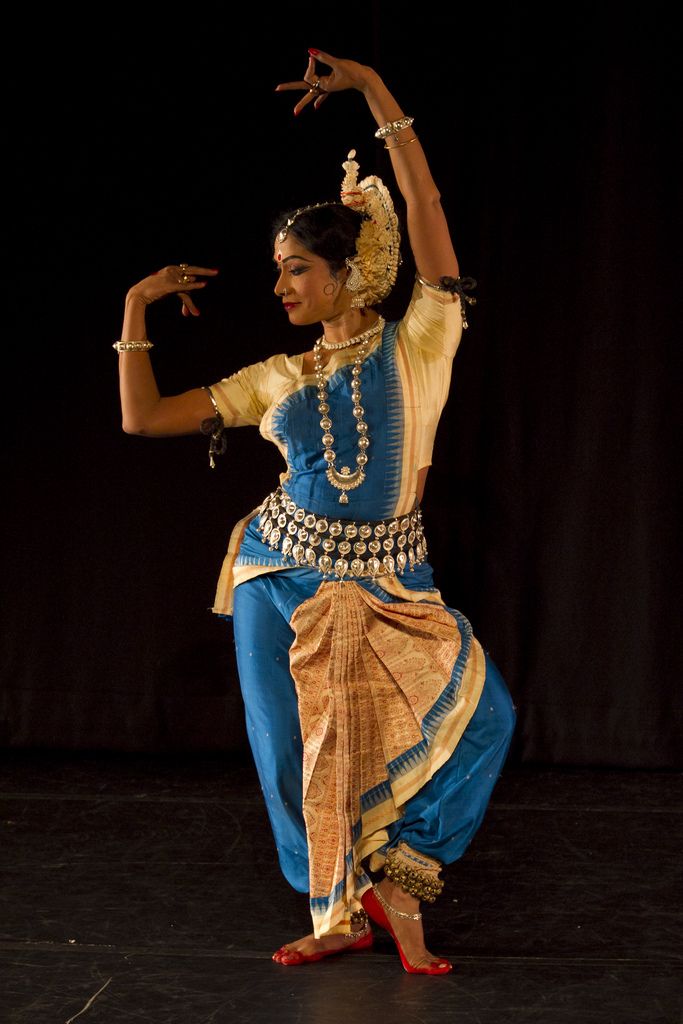 2- Drishti Bheda - Eye Movements
2- Drishti Bheda - Eye Movements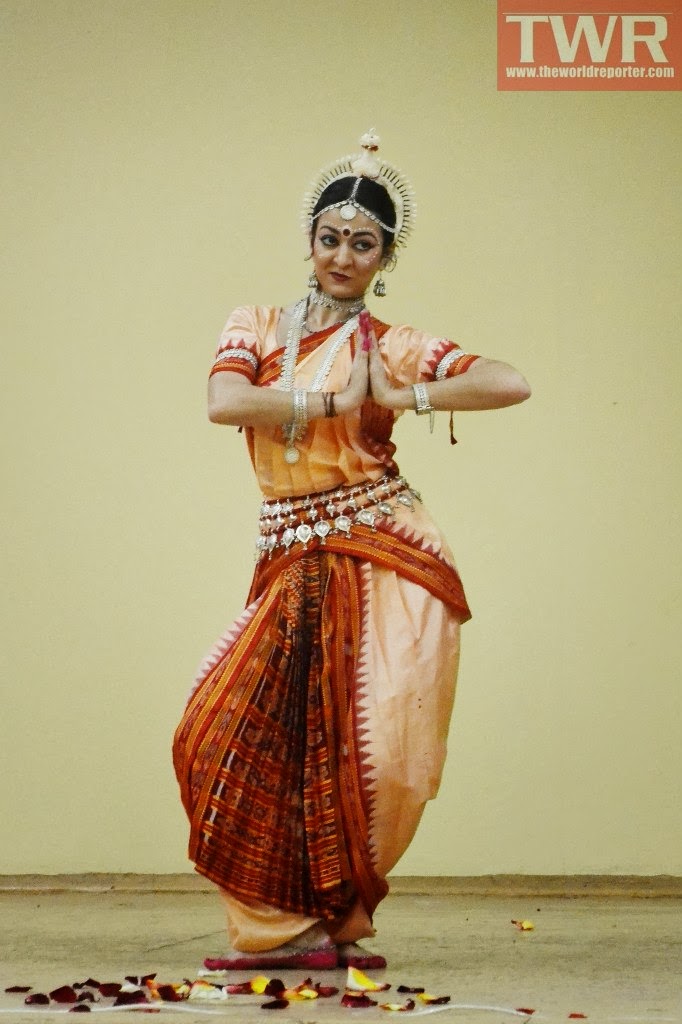 2- Chowka (Square Pose) - Teaching
2- Chowka (Square Pose) - Teaching 7 - Chowka (Square Pose) - Stepping 5 – Demonstration by Student
7 - Chowka (Square Pose) - Stepping 5 – Demonstration by Student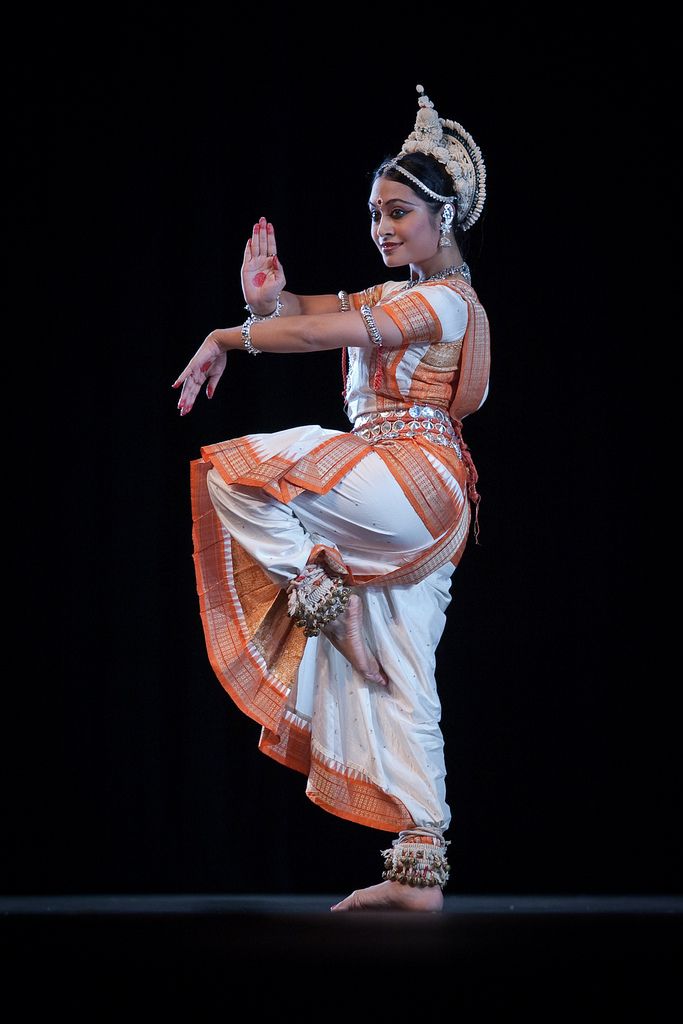 12 - Chowka (Square Pose) - Stepping 10 – Demonstration by Student
12 - Chowka (Square Pose) - Stepping 10 – Demonstration by Student 5 - Tribhangi (Triple Flexion) - Stepping 3 – Demonstration by Student
5 - Tribhangi (Triple Flexion) - Stepping 3 – Demonstration by Student 10 -Tribhangi (Triple Flexion) - Stepping 8 – Demonstration by Student
10 -Tribhangi (Triple Flexion) - Stepping 8 – Demonstration by Student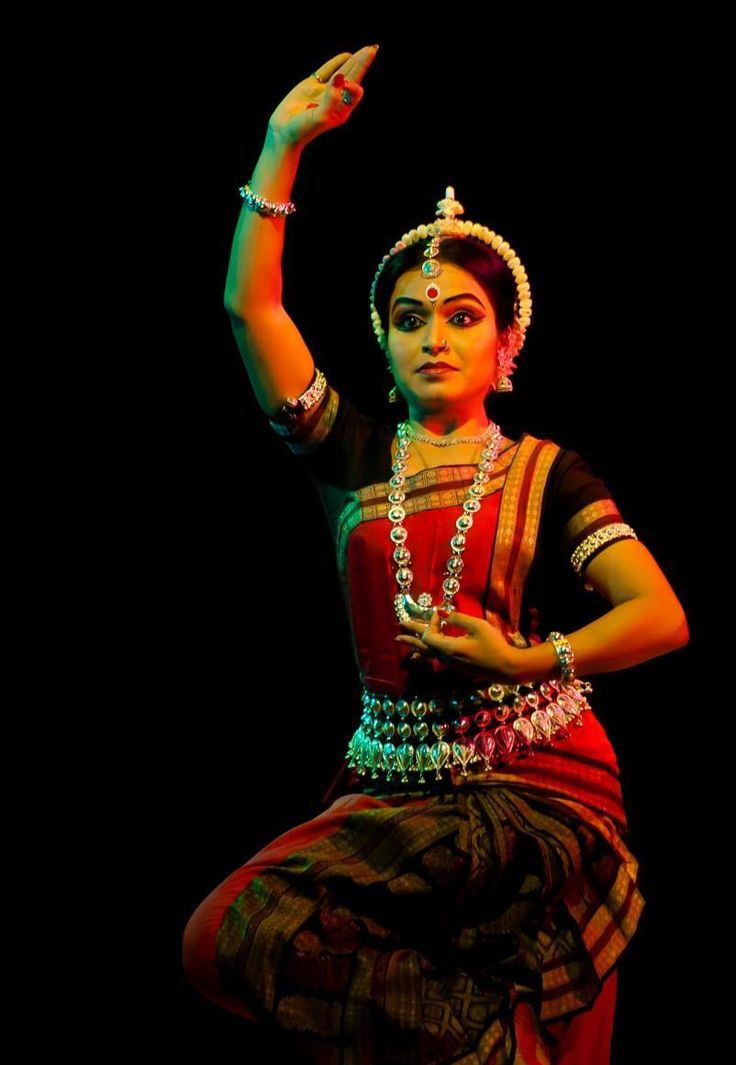 3 -Tala- Tyahi
3 -Tala- Tyahi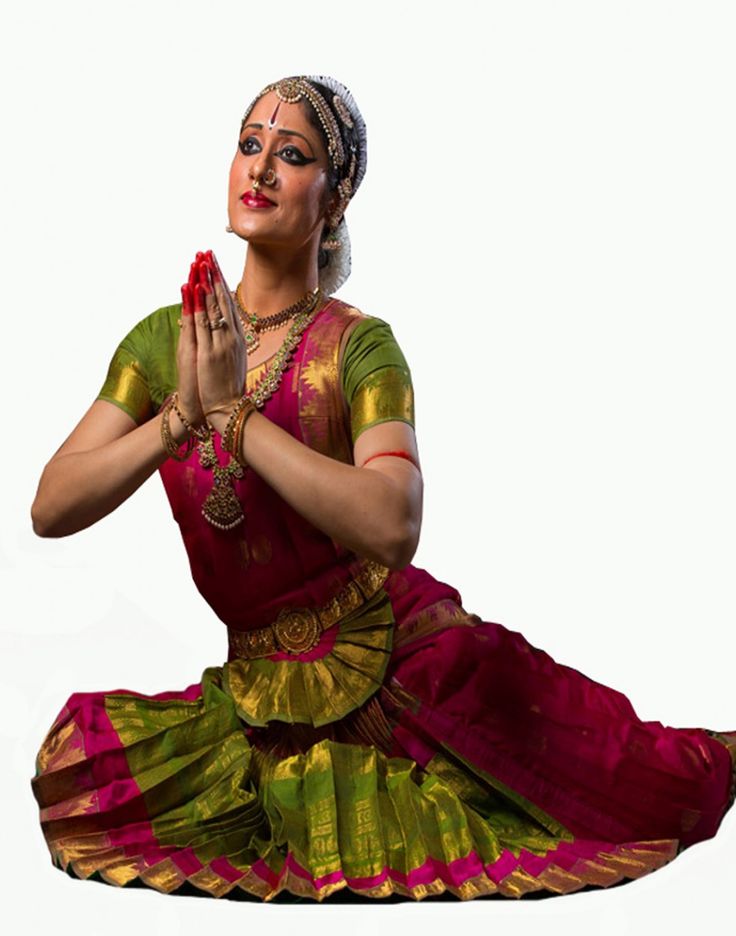 5- Hasta Bhedas - Tripataka Hasta Viniyoga
5- Hasta Bhedas - Tripataka Hasta Viniyoga 5 - Mangalacharan - Sabha Pranam Teaching
5 - Mangalacharan - Sabha Pranam Teaching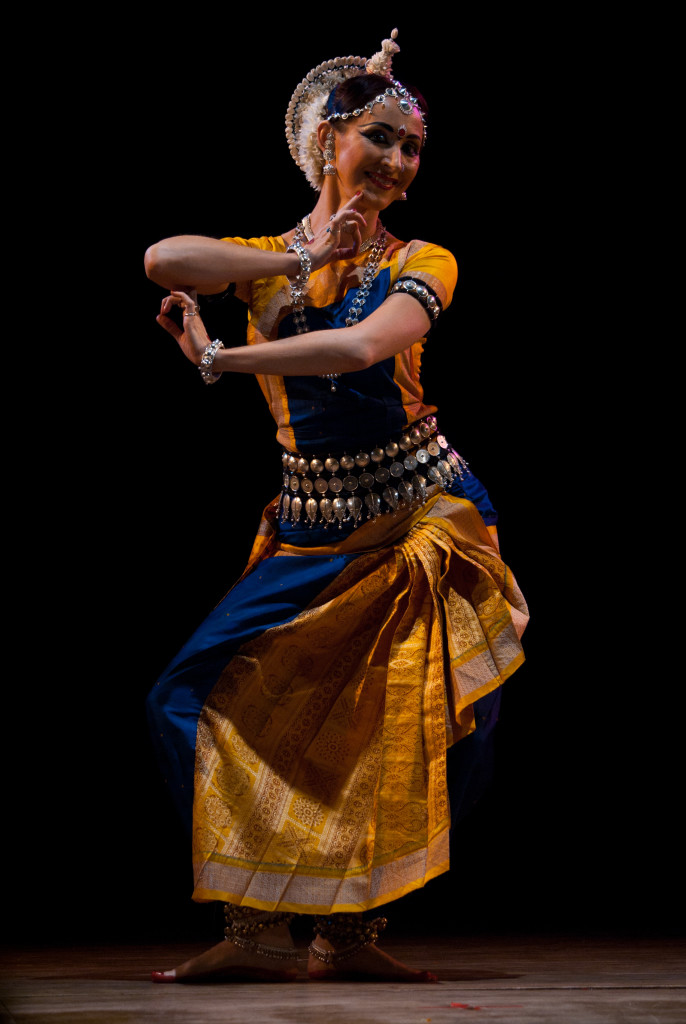 3 - Batu Nritta - Teaching Arasa No. 2
3 - Batu Nritta - Teaching Arasa No. 2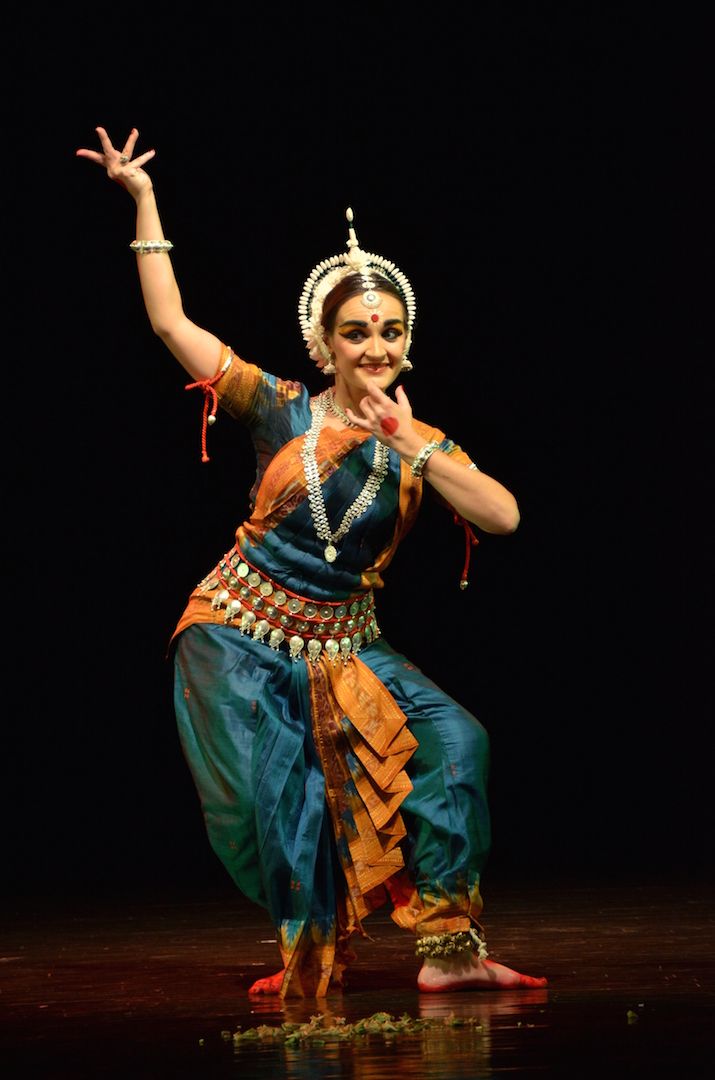 5- Pallavi- Performance
5- Pallavi- Performance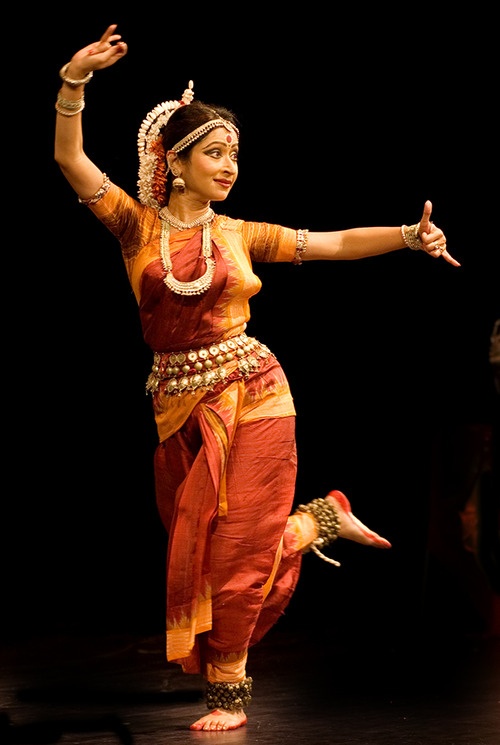 1 Moksha Performance
1 Moksha Performance

